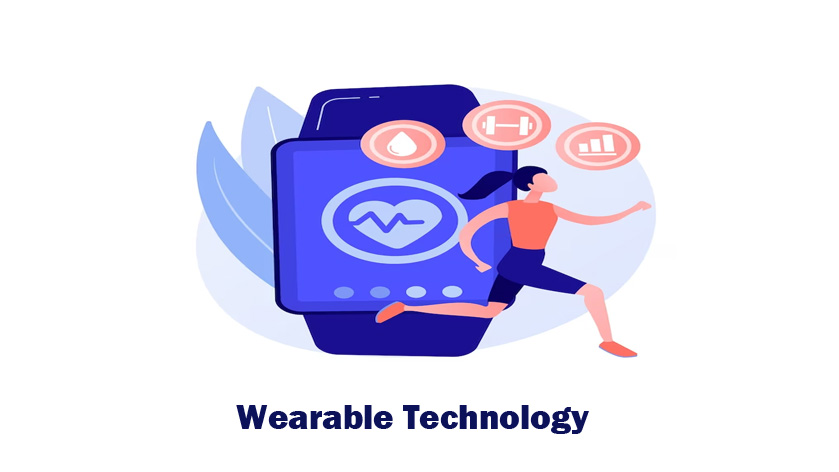Wearable technology is electronic devices worn as accessories, such as on the wrist, in clothes, or even implanted in the human body. These are also called wearables. With the help of high-speed data transfer and mobile networks, the development of this technology has been enabled. This technology is life-changing and evolving into a crucial Internet of Things category. It has a significant role in medicine and various other fields. Wearable technology was first developed in the 13th century, beginning with eyeglasses. But as modern technology grows, wearables have incorporated microprocessors and Internet connections.
Nowadays, fitness activity trackers are one of the most used wearable technologies in this industry, especially since watches have become the hit and robust mobile applications have been added. Besides these web-enabled glasses, Bluetooth headphones, AirPods, and more have become very common. It will help people to receive data through WiFi networks. Even the gaming industry has added more wearables, such as 3D glasses, that provide virtual reality.
Benefits of Wearable Technology
This technology can set appointments, task reminders, and more to help people stay organized and improve productivity.
- It includes features search, emergency SOS alerts, and fall detection, which will provide users safety, especially when immediate assistance is required.
- Wearable devices also help users control music playback and other multimedia content remotely, which may provide a seamless entertainment experience. Innovative headsets or smart classes are examples of virtual reality offering immersive experiences in education, work training, and gaming.
- It plays a significant role in healthcare that will develop remote patient monitoring solutions and help healthcare providers monitor patients’ health conditions without constant in-person visits.
Conclusion
Inclusion wearable technology Offers various benefits, especially privacy and security factors, as these devices will collect and process personal data. Apart from this, the efficiency of these devices depends on various factors, such as the sensor algorithm’s accuracy and user engagement.

